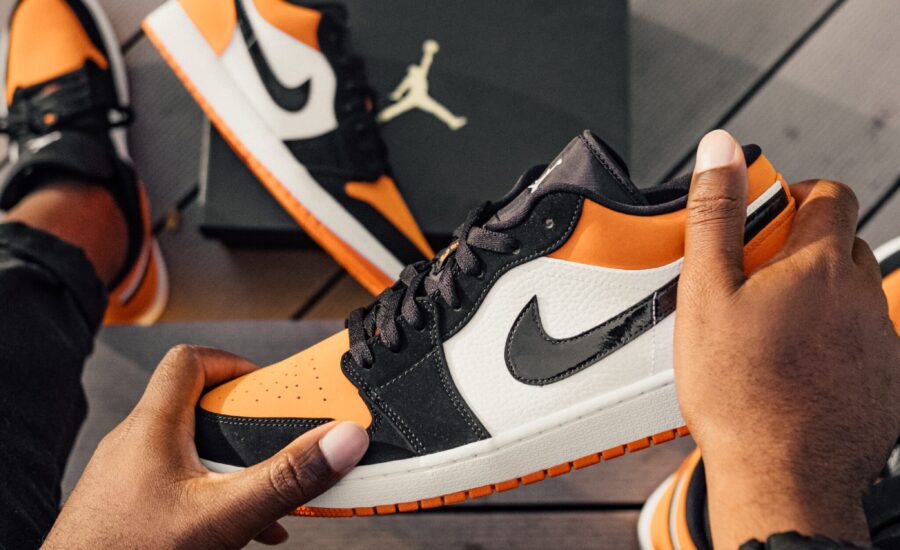Making sense of the markets this week: September 28
It's getting tougher to outperform the market; running towards Nike stock; why investing in movie theatres is not the ticket; and more.
Advertisement
It's getting tougher to outperform the market; running towards Nike stock; why investing in movie theatres is not the ticket; and more.


 Mulan is a $200-million US production that has only brought in some $57 million US. Survey says: Not many want to sit in an enclosed theatre during a pandemic. Go figure.
Disney decided to skip the U.S. theatre release altogether. Perhaps it’s just not worth the effort: In the U.S., only 65% to 75% of movie theatres are open at limited capacity, with major markets like New York, Los Angeles, and San Francisco still closed due to the global pandemic.
And while the global sci-fi “hit” Tenet has solid numbers globally, the seats are largely empty in North America. In its opening weekend, Tenet pulled $20.2 million in the U.S. For comparison, let’s look at the U.S. opening weekend revenues for Tenet director Christopher Nolan’s other genre films: Inception grossed $62.7 million, Dunkirk $50.5 million, and Interstellar $47.5 million. It’s expected that Tenet will not turn a profit in the end.
This is playing out like a disaster movie. Canadian movie theatre chain Cineplex (CGX) stock price is down about 77% from the beginning of the pandemic. The pandemic also spelled the end for the takeover of Cineplex by UK-based Cineworld. Cineworld put in an offer for Cineplex in December of 2019. After the pandemic hit, Cineworld pulled the offer and they are now headed for court.
Mulan is a $200-million US production that has only brought in some $57 million US. Survey says: Not many want to sit in an enclosed theatre during a pandemic. Go figure.
Disney decided to skip the U.S. theatre release altogether. Perhaps it’s just not worth the effort: In the U.S., only 65% to 75% of movie theatres are open at limited capacity, with major markets like New York, Los Angeles, and San Francisco still closed due to the global pandemic.
And while the global sci-fi “hit” Tenet has solid numbers globally, the seats are largely empty in North America. In its opening weekend, Tenet pulled $20.2 million in the U.S. For comparison, let’s look at the U.S. opening weekend revenues for Tenet director Christopher Nolan’s other genre films: Inception grossed $62.7 million, Dunkirk $50.5 million, and Interstellar $47.5 million. It’s expected that Tenet will not turn a profit in the end.
This is playing out like a disaster movie. Canadian movie theatre chain Cineplex (CGX) stock price is down about 77% from the beginning of the pandemic. The pandemic also spelled the end for the takeover of Cineplex by UK-based Cineworld. Cineworld put in an offer for Cineplex in December of 2019. After the pandemic hit, Cineworld pulled the offer and they are now headed for court.

Share this article Share on Facebook Share on Twitter Share on Linkedin Share on Reddit Share on Email